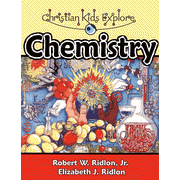Today we read the first of three 'tall tales' in McBroom's Wonderful One-Acre Farm by Sid Fleischman. We have enjoyed other Fleischman's books, The Whipping Boy and By the Great Horn Spoon, so I expected that this would also be an enjoyable read.
A tall tale is a story with exaggerated, unbelievable elements that are related to the reader as if they were factual and completely true. Tall tales are part of our American Folklore heritage and also part of my personal heritage, if you've ever had a conversation with my step-dad or uncle. As McBroom (Fleischman) teases, "I'll tell you about the watermelons in a minute."
McBroom decides to move his wife and eleven children out west in search of a better piece of farm land. Upon the way, he meets a sheister named Hector Jones who cons gullible McBroom out of his last $10.00. But the joke is on 'Ol Heck, because the acre of land that the McBrooms are left with is so rich, you could harvest a crop in a matter of hours! "I'll tell you about the watermelons in a minute."
The reading level of the book is second-grade, age 7. My children are past this level but it was a book I kept hearing about and had never read so I read it aloud to my fifth grade boy, complete with the country accent it calls for. Of course he rolled his eyes when I said I was requiring the book, which for him can be completed in one sitting, but I saw him smile a few times at the outrageous events that take place in the tall tale.
I would encourage you to read this book aloud with your early elementary children and add in some fun family activities like sprouting bean seeds, writing your own tall tales and eating watermelon then having a seed-spitting contest. Adding a character lesson about telling the truth would also be a great addition.
And about the watermelon, you'll just have to read the story to find out what happens.









